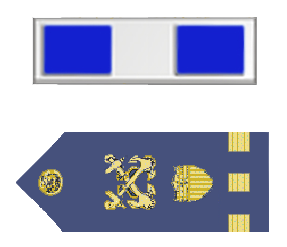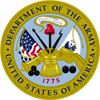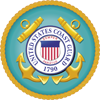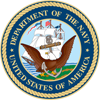|
Coast Guard Chief Warrant Officer 3W-3 Chief Warrant Officer, U.S. Coast Guard |
|
Coast Guard Ranks » Chief Warrant Officer 3 Rank • CWO-3 Pay • CWO-3 Rank History
 History of the Coast Guard Chief Warrant Officer 3 Rank
History of the Coast Guard Chief Warrant Officer 3 Rank
A Chief Warrant Officer 3 is a Chief Warrant Officer in the United States Coast Guard at DoD paygrade W-3.
A Warrant Officer is designated an officer by a written authorisation known as a warrant. Initially, this was a deed of trust, rather than a formal commission to command. The warrant officer class is a military class originally derived from highly-skilled civilians who served within a military organisation. The use of warrant officers in the United States Navy can be traced back to the appointment of a purser on board a US naval vessel in 1775. In 1920, naval ranks were introduced to the US Coast Guard, which had been formed in 1915 from an amalgamation of the US Lifesaving Service and the old US Revenue Cutter Service.
Use of the entry-level warrant officer rank (WO-1) was discontinued in 1975, owing to a pay disparity between enlisted and commissioned officer ranks which might see a warrant officer earn less than senior, experienced Chief Petty Officers. As a result of this, all warrant officers in the US Coast Guard serve as Chief Warrant Officers. In 1994, a rank of Chief Warrant Officer 5 (CWO-5) was introduced as the highest rank in the class, but this rank is not currently in use.
Want to learn more? Read about the Coast Guard's Chief Warrant Officer 3 rank on Military-Ranks.org.
History of the Coast Guard
The Coast Guard has changed names several times over its 200+ year history, but it is largely the same organization as it was in 1790 as the Revenue Marine. Uniforms, culture, and professions are very similar to the Navy, but the mission is different. While the Navy ensures freedom of navigation internationally, the Coast Guard does so for our nation's coasts through vessel inspections, law enforcement, drug and migrant interdiction, maintenance of navigation aids, environmental protection and research, ice operations, and search-and-rescue. Sailors of the Navy and Coast Guard have a high respect for each other, knowing that one can do what the other cannot.







































































































































